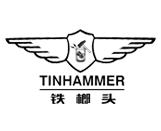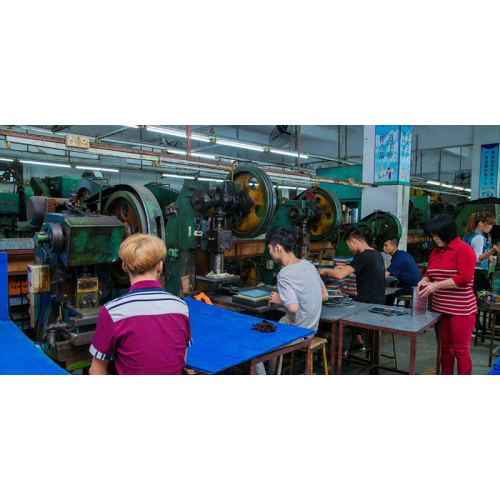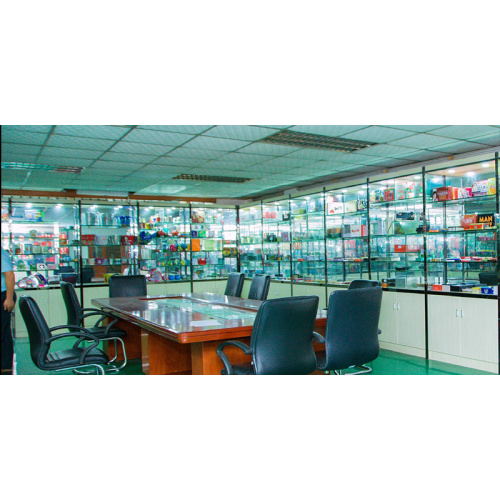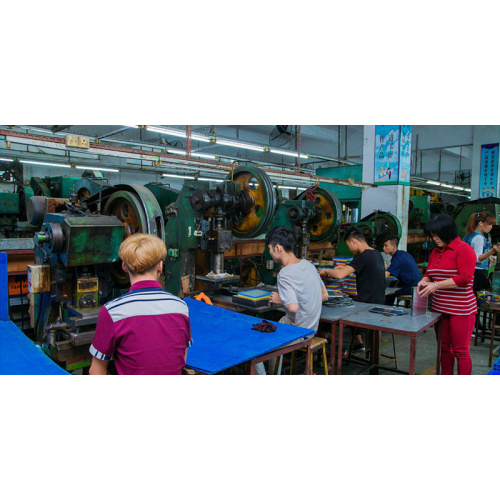There are many types of metal packaging products, with different physical properties, different uses, and different surface requirements. Therefore, metal packaging products must undergo different prepress processing before screen printing.
Prepress methods mainly include degreasing, polishing, mechanical oxidation, painting, and surface coating. The main role of prepress processing is to remove the processing defects of metal packaging products, improve the aesthetic effect of the surface, and at the same time change the surface finish of metal products to improve the printability.
Degreasing is one of the pretreatment processes for metal packaging products before screen printing. The main purpose is to remove oil and ash from the surface of metal products. The basic method of oil removal is to clean the surface of the metal packaging product by selecting the appropriate solvent or cleaning solution according to the type of oil contamination. Commonly used solvents are organic solvents or alkaline solutions. The cleaning solution is mainly composed of sodium phosphate, sodium carbonate soap and the like.
Polishing is also a process of metal packaging before screen printing. The main purpose is to eliminate metal surface rough, uneven, scratches, bumps and other defects, improve the brightness of the metal surface.
Polishing is a commonly used prepress method. Polishing can be divided into mechanical polishing, chemical polishing and electrolytic polishing.
1 body polishing. Mechanical polishing refers to the use of a cloth wheel polisher or a calender to treat the metal surface so that the surface has a mirror effect. After polishing, it should be cleaned with soap and water and dried for oxidation and printing. Mechanical polishing is mostly used in the production of aluminum signage.
2 chemical polishing. Chemical polishing refers to the use of polishing equipment. The metal products are immersed in a chemical solution composed of phosphoric acid, sulfuric acid, and nitric acid for polishing to make the metal surface beautiful, bright, and smooth.
3 electrolytic polishing. Electropolishing refers to the use of polishing equipment for polishing in electrolytic solutions. The electrolysis solution mainly consists of phosphoric acid, sulfuric acid, and water. The current density is 12~30A/dm2, the temperature is between 70~90°C, and the voltage is 10~18V. Electropolishing is the use of metal surface projection computer density is greater than the current density of the recess and easy to electrolysis principle, so that the starting point of the electrolysis rate faster than the recess, so as to achieve the purpose of polishing. Electropolishing is a method of finishing high-brightness mirrors.
The pre-press oxidation treatment process is a commonly used surface treatment method for producing aluminum signage.
Oxidation refers to the process of oxidizing an anode metal by adjusting the current density in a certain concentration of an acid solution. The oxidized metal material produces a hard, chemically stable oxide layer. The characteristics of the produced oxide layer are as follows: the oxide layer has dense pores and the adhesion to the ink is increased; the oxide layer has good insulation properties and is suitable for making various signs for charging; the oxide layer can increase the surface hardness of the metal material. , Increased wear resistance. Sulfuric acid solution, chromic acid solution, and oxalic acid solution are generally used for the oxidation treatment. Oxidation treatment with oxalic acid solution yields a more oxidized oxide layer.









